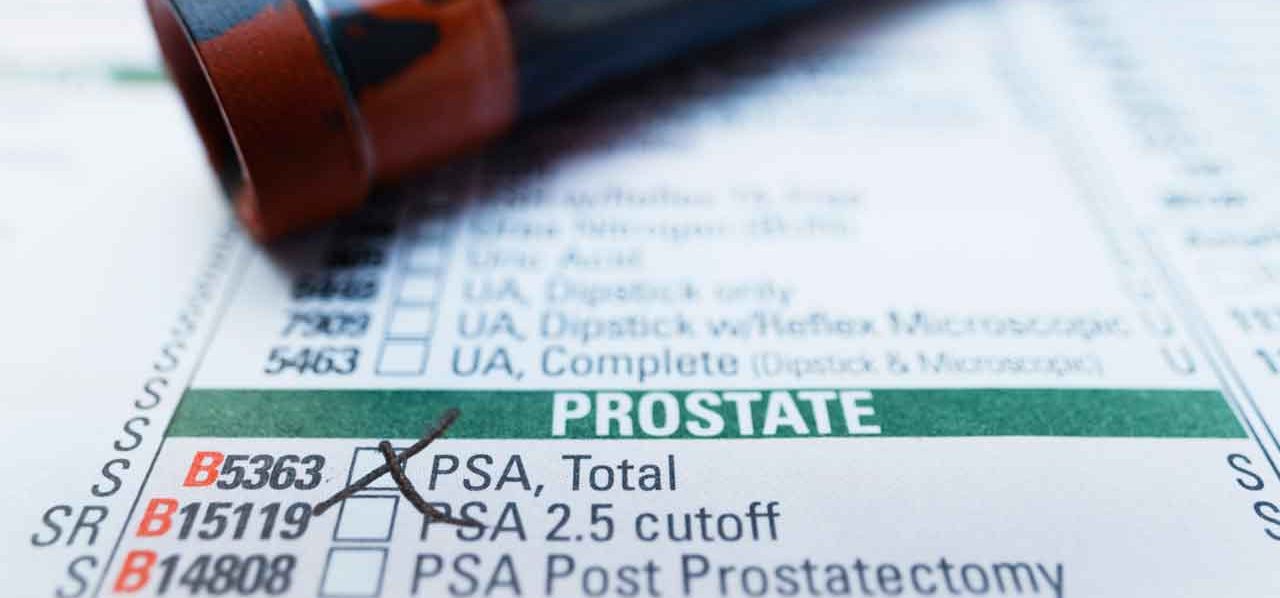Benign Prostatic Hyperplasia Symptoms

Any symptoms of enlarged prostate need evaluation for cancer. But benign prostatic hyperplasia symptoms are often a non-cancer cause of prostate woes as men age.
If you are a middle-aged man or older, or you live with one, you may be all too aware of one of the most common benign prostatic hyperplasia symptoms (also known as enlarged prostate) — the need to urinate frequently, often at night.
The cause of this potentially sleep-wrecking problem and other symptoms of enlarged prostate are understandable when you consider where the prostate gland is located in the body. The prostate, which makes fluid that forms part of semen, sits in front of the rectum just below the bladder. What’s more, it surrounds the urethra, the tube-like duct that carries urine and semen through the penis and out of the body.
As the prostate grows larger, it can press on the urethra and cause trouble with urination. A man with an enlarged prostate can feel an urgency to “go” far too often because the bladder may not be completely emptied due to a narrowed urethra.
YOU MIGHT ALSO LIKE: What Is BPH (Benign Prostatic Hyperplasia)?
Benign prostatic hyperplasia is the most frequently experienced prostate problem for men, especially if they are 50 or older. In fact, symptoms of enlarged prostate affect about half of all men between 51 and 60 and up to 90 percent of men over age 80. In all, about 14 million men in the U.S. have benign prostatic hyperplasia symptoms, according to the National Institute of Diabetes, Digestive and Kidney Diseases.
Common benign prostatic hyperplasia symptoms
Symptoms of enlarged prostate vary in men and aren’t always explained by the size of a man’s prostrate. Some men with slightly enlarged prostates can have a host of bothersome symptoms, while other men with very enlarged prostates may experience only minor benign prostatic hyperplasia symptoms. However, for most men, symptoms do gradually increase over time, the National Institute of Diabetes, Digestive and Kidney Diseases points out.
Common symptoms of enlarged prostate include:
- Frequent or urgent need to urinate, including nocturia (increased frequency of urination at night)
- Difficulty starting urine flow and a weak urine stream that may stop and then start again
- Inability to completely empty the bladder during urination
- Dribbling at the end of urination
- Incontinence (the accidental passing of urine)
- Pain after ejaculation or painful urination
- Urine that has an unusual color or smell
An enlarged prostate gland increases the risk of urinary tract infections and other bladder and kidney problems — so symptoms such as an inability to urinate and passing blood in the urine should warrant a doctor’s visit.
Benign prostatic hyperplasia symptoms and prostate cancer
Growing older raises your risk of prostate problems — including developing prostate cancer, as well as an enlarged prostate. The good news is there’s no evidence benign prostatic hyperplasia raises the risk for prostate cancer, according to the American Cancer Society. However, benign prostatic hyperplasia symptoms and prostate cancer symptoms are similar.
What’s more, a man can have benign prostatic hyperplasia and prostate cancer at the same time, the National Cancer Institute points out. That’s why it’s important to always have regular checkups and report any signs and symptoms of possible prostate problems to your doctor.
Relief for symptoms of enlarged prostate
Not every man with an enlarged prostate has symptoms that are significant or that worsen over time. If you are diagnosed with benign prostatic hyperplasia, your doctor may talk to you about watchful waiting, also known as active surveillance, before starting any treatment to see if your symptoms of enlarged prostate get worse and cause a disruption in your quality of life.
If you do need treatment, the National Institute on Aging explains there are several ways benign prostatic hyperplasia symptoms can be helped, including:
- Medications to ease symptoms by relaxing muscles near the prostate
- Medications to shrink the prostate
- Surgery to help urine flow
- Methods using various types of heat (radio waves, microwaves, or lasers) to reduce excess prostate tissue and treat urinary symptoms caused by enlarged prostate
Updated:
February 27, 2020
Reviewed By:
Janet O’Dell, RN